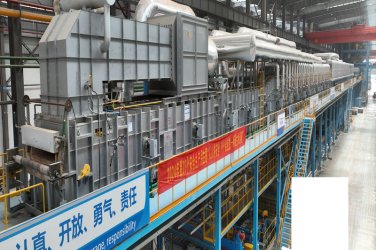Application of Pickling and Phosphating Technology in Shipbuilding Industry
Application of Pickling and Phosphating Technology in
Shipbuilding Industry
In the shipbuilding industry, pickling and phosphating technology, as a key surface treatment method, is becoming increasingly important. This technology can not only significantly enhance the corrosion resistance of ship structures and extend their service life, but also improve the adhesion between the coating and the substrate, ensuring the stability and durability of the coating in harsh marine environments. With the improvement of environmental awareness and the continuous development of shipbuilding technology, the application prospects of pickling and phosphating technology in the shipbuilding industry are expected to be broader.
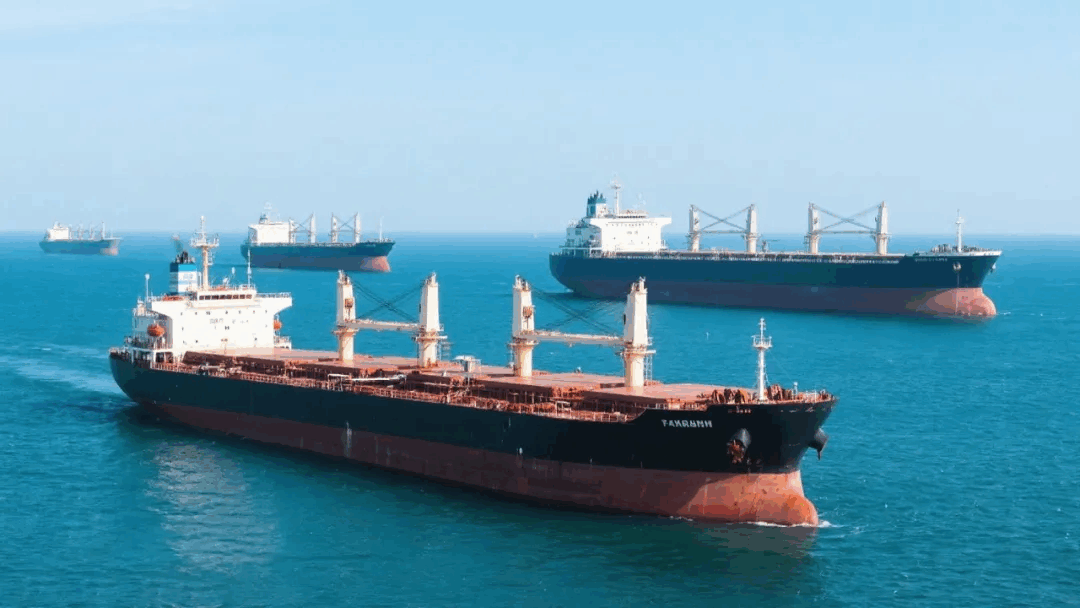
Solving the pain points of the shipbuilding industry
0
1. Improve corrosion resistance and reduce maintenance costs
Ships are in the marine environment for a long time. The high salinity and high humidity of seawater and the corrosive substances in the marine atmosphere pose a serious corrosion threat to the metal structures of ships. Traditional surface treatment methods are unable to effectively resist this type of corrosion, resulting in the need for frequent maintenance and repairs on ships, which increases operating costs. The pickling and phosphating technology can effectively isolate oxygen, moisture and other corrosive substances by forming a dense phosphating film on the surface of ship parts, thus significantly improving the corrosion resistance of ships. This greatly reduces the frequency of ship repairs and replacement of parts due to corrosion, and reduces the maintenance cost of the ship throughout its life cycle.
02
2. Enhance coating adhesion and improve coating quality
In shipbuilding, painting is an important part of protecting the appearance and structure of ships. However, due to the presence of impurities such as scale, rust and oil on the metal surface of ships, the coating is often difficult to adhere firmly, and is prone to falling off, blistering and other problems, affecting the coating effect and protective performance. Pickling and phosphating treatment can completely remove impurities on the metal surface, making the surface smoother and cleaner, and providing a good adhesion basis for the coating. The presence of the phosphate film enhances the bonding force between the coating and the metal surface, making the coating more firmly adhere to the surface of the ship, improving the coating quality and durability, and extending the service life of the coating.
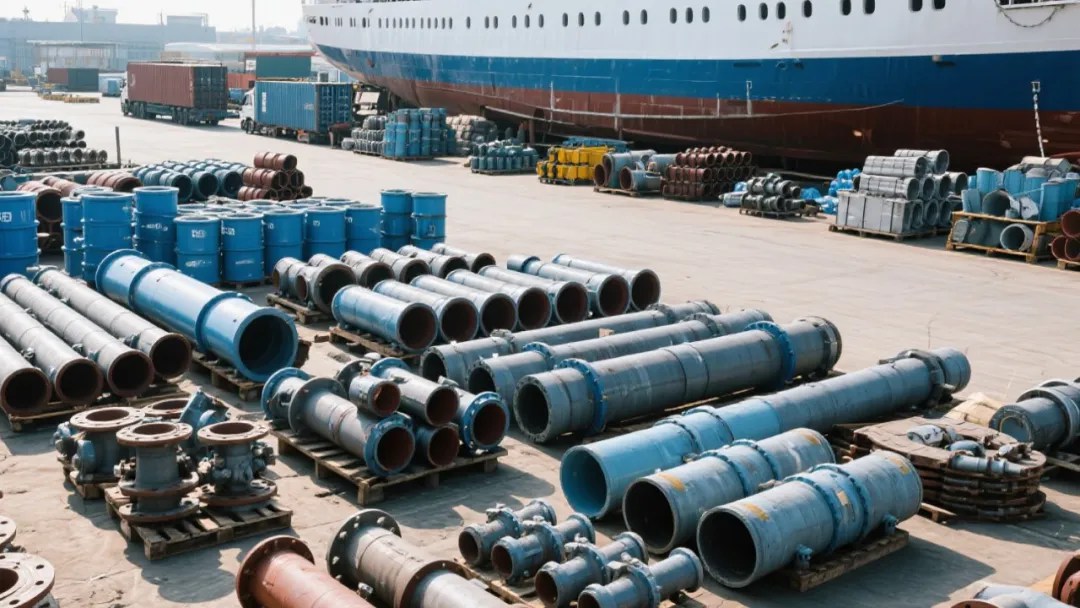
Pickling and phosphating process
Degreasing : The main purpose of this step is to remove oil stains from the metal surface of the ship. It is usually cleaned with alkaline detergents or solvents to ensure that the surface is clean and oil-free;
Water washing : wash away the residual cleaning agent in the degreasing step to avoid affecting subsequent treatment;
Rust removal : Use pickling solution or pickling paste to thoroughly remove the oxide scale and rust on the metal surface to restore the metallic luster;
Water washing : Wash off the pickling solution remaining in the rust removal step again to ensure that there is no residue on the surface;
Surface conditioning : Adjust the metal surface to make it more suitable for phosphating treatment, usually using surface conditioning agents to improve the phosphating effect;
Phosphating : Immerse the treated metal surface in phosphating solution to form a phosphating film to improve the bonding strength between the coating and the metal surface;
Water washing : wash away the residual phosphating solution in the phosphating step to avoid affecting the subsequent coating;
Drying : Dry the treated metal surface to remove moisture, ensure the surface is dry, and provide a good adhesion environment for the coating;
Post-treatment : According to actual needs, blackening, electrophoresis and other treatments are carried out to further improve the protective performance of the metal surface.
of equipment selection1
1. Pickling tank and phosphating tank
Pickling tank and phosphating tank are important equipment in the pickling and phosphating production line. Pickling tank and phosphating tank need to be made of high-quality corrosion-resistant materials with good acid and alkali resistance. Reasonable design of the tank body can ensure the uniform distribution of pickling liquid and phosphating liquid and improve the treatment effect. At the same time, the tank body needs to be equipped with heating and stirring devices to accurately control the temperature and concentration of pickling liquid and phosphating liquid.
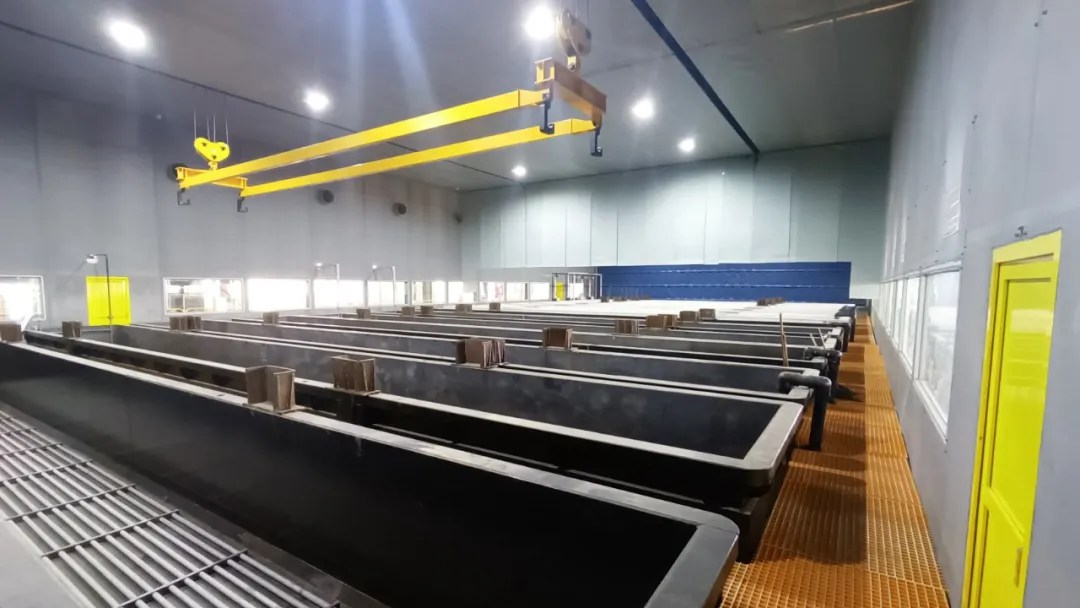
02
2. Enclosed area
The enclosed area can effectively prevent acid mist from volatilizing to the outside space and corroding equipment, providing a favorable space for acid mist collection. The wall panels and top panels are composed of steel structure + acid-resistant panels. When materials enter and exit the enclosed area, they are automatically opened and closed, always maintaining a slightly negative pressure state. An acid mist collection and treatment system is set up to ensure that the acid mist does not leak out.
03
3. Logistics equipment
The RGV vehicle is responsible for efficiently transporting ship parts between the pickling tank, phosphating tank, washing area and saponification area. The design of the RGV vehicle fully considers the special requirements of the pickling and phosphating process. The body is made of corrosion-resistant materials and can resist the erosion of pickling and phosphating solutions. At the same time, the operation of the vehicle is stable and reliable, which can ensure that the parts are not damaged during transportation. Equipped with advanced positioning systems and sensors, it can monitor the position and status of parts in real time to ensure the smooth progress of the entire pickling and phosphating process.
Practical application cases
A shipbuilding company uses a pickling and phosphating production line to process ship pipes and other parts. After pickling and phosphating treatment, the corrosion resistance of ship parts has been significantly improved, the coating adhesion has been enhanced, and the surface quality has also been improved. After the company's ships were put into use, they received unanimous praise from customers and improved the company's market competitiveness.
Acid pickling and phosphating technology has important application value in the shipbuilding industry. RITMAN Intelligent's pickling and phosphating production line provides high-quality solutions for shipbuilding companies, which can improve the quality and performance of ship components and promote the development of the shipbuilding industry. In the future, we will continue to increase investment in research and development, continuously optimize our products and services, and provide the shipbuilding industry with more advanced and efficient pickling and phosphating technologies and equipment.
◆ ◆ ◆
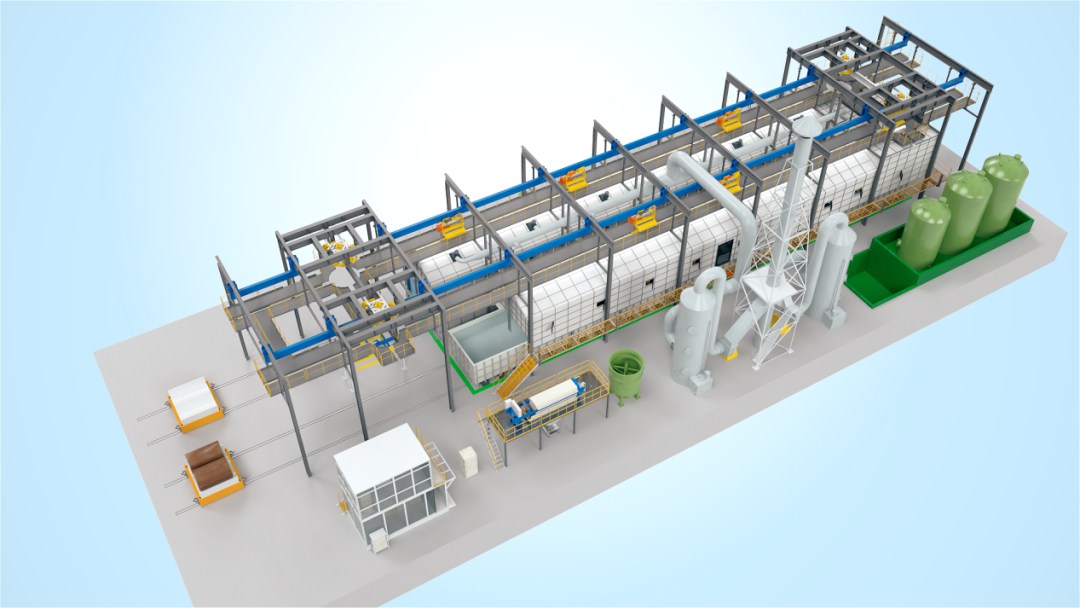
About RITMAN Intelligent
Xuzhou RITMAN Intelligent Technology Co., Ltd. is a national high-tech enterprise dedicated to surface treatment coating equipment. The pickling and phosphating segment includes pickling phosphating, pickling saponification, pickling passivation, pickling plating assistance, chemical plating and other surface treatment equipment. According to the characteristics of the workpiece and process requirements, the production line can be automated, visualized, informationized and greened, and production efficiency and product quality can be improved, production costs can be reduced, and enterprises can achieve green and sustainable development.





